Range Anxiety: Real-world Testing Shows EV Winners and Losers

Much like with gasoline-powered vehicles, just how far you’ll travel in an electric car before your “tank” runs dry depends on driving style and the peculiarities of your chosen route.
A British publication has now put a range of electric vehicles, most available (or soon to be available) in the U.S., through their paces, reporting back on whether owners can expect to recoup every last mile promised by the manufacturers and the EPA. Your mileage may indeed vary.
EVs are more at home in the city, and not just because of the plethora of potential plug-in points. Range drops at highway speeds; there’s more aerodynamic drag and less regenerative braking to add juice back into the battery pack. However, day-to-day activities will surely mean spending at least some of your time on the freeway, or perhaps a lonely, rural two-lane.
To get an accurate return from each vehicle, What Car? created a mixed driving route along a 19.4-mile test track, simulating stoplight-to-stoplight driving, rural cruising, and freeway travel. A speed and route profiler was installed to give each test driver the same instructions. The cars then ran the course — twice for vehicles with a smaller battery capacity, three times for the big boys. Weather at the time was “mild,” which in the UK probably means damp and fairly chilly. Cabin temperature was set to room temperature (21C, or 70F); all headlights were illuminated.
Skipping any vehicle not sold (or slated) for North American buyers, the tests revealed, not at all surprisingly, that the Smart Fortwo EQ Cabrio holds a rightful place at at the bottom of the range ladder. With an EPA-rated range of 58 miles, the Smart is truly a city car. That said, the little two-seater improved on its rating in the real-world tests, returning 59 miles before the lights went dark.
Moving up into vehicles with ranges that might take you miles from a Starbucks, two small, affordable hatchbacks returned the same driving distance. The Hyundai Ioniq Electric and Volkswagen e-Golf are rated at 124 and 125 miles, respectively, in the U.S., but the UK tests showed both models collapsing in exhaustion after 117 miles.
Another small German put some ground between itself and the e-Golf, as the BMW i3, upgraded for 2017 with a more energy dense battery, traversed 121 miles before entering the Stone Age. Its EPA rating? 114 miles.
Nissan’s Leaf, which boasts an EPA range of 151 miles, remains the longest-running EV on the market, with a second-generation model bowing for 2018. Put to the test, the Leaf returned 128 miles, a somewhat disappointing showing. Also disappointing was the base Tesla Model S, also known as the 75D. Rated for 259 miles of red, white, and blue range, the 75D left the Brits un-wowed with 204 miles of real-world prowess.
Much to the testers’ satisfaction, the Jaguar I-Pace SUV, rated for 234 miles in the U.S., slunk down the test route until it eventually tapped out — after 253 miles. Impressive abilities for this all-electric cat. The real stud, however, was not the sure-footed Brit. Rather, the best range of all vehicles tested came from the Hyundai Kona Electric, a vehicle rated for 258 miles of range. The Kona completed the test with 259 miles of real-world range.
You’ll notice that there’s a few vehicles missing in this test, at least from an American perspective. For one, the Tesla Model 3 didn’t get a turn on the track, nor did the long-ranged Model S and X in 100D guise. Same story for the Chevrolet Bolt, a popular EV rated for 238 miles in the United States. Past tests of the Bolt reveal the ability to maximize that range figure under certain driving conditions, so it would have been nice to see one put to the test.
Regardless, the publication’s testing gives would-be owners a sense of what they might expect should they sign the note on a new electric vehicle.
[Images: Hyundai, Jaguar Land Rover, Nissan]

More by Steph Willems
Latest Car Reviews
Read moreLatest Product Reviews
Read moreRecent Comments
- Ltcmgm78 Just what we need to do: add more EVs that require a charging station! We own a Volt. We charge at home. We bought the Volt off-lease. We're retired and can do all our daily errands without burning any gasoline. For us this works, but we no longer have a work commute.
- Michael S6 Given the choice between the Hornet R/T and the Alfa, I'd pick an Uber.
- Michael S6 Nissan seems to be doing well at the low end of the market with their small cars and cuv. Competitiveness evaporates as you move up to larger size cars and suvs.
- Cprescott As long as they infest their products with CVT's, there is no reason to buy their products. Nissan's execution of CVT's is lackluster on a good day - not dependable and bad in experience of use. The brand has become like Mitsubishi - will sell to anyone with a pulse to get financed.
- Lorenzo I'd like to believe, I want to believe, having had good FoMoCo vehicles - my aunt's old 1956 Fairlane, 1963 Falcon, 1968 Montego - but if Jim Farley is saying it, I can't believe it. It's been said that he goes with whatever the last person he talked to suggested. That's not the kind of guy you want running a $180 billion dollar company.
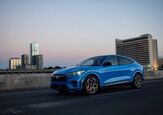
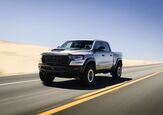


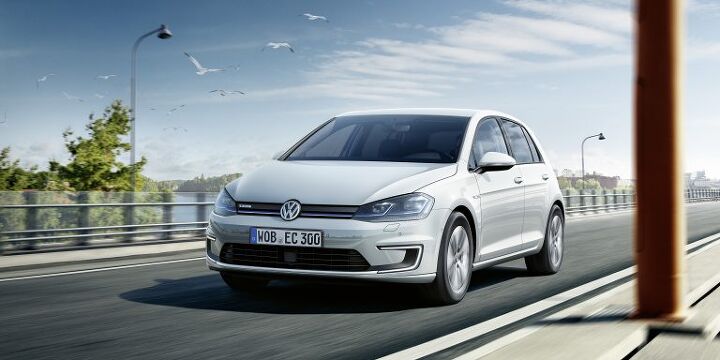















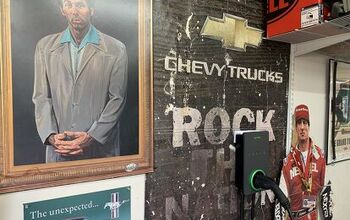

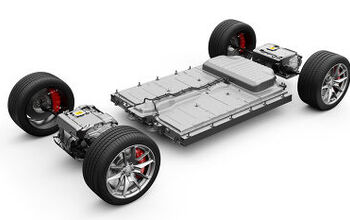
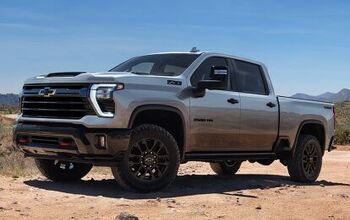
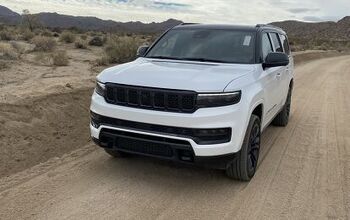



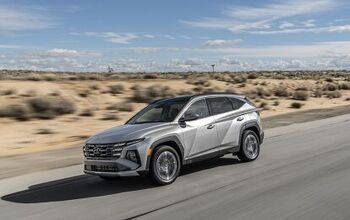
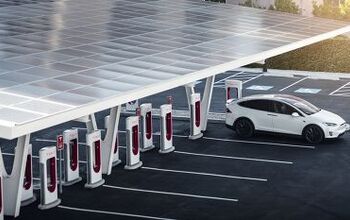
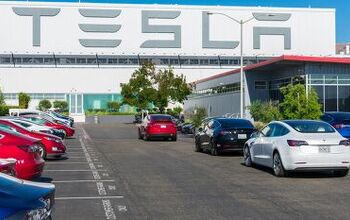
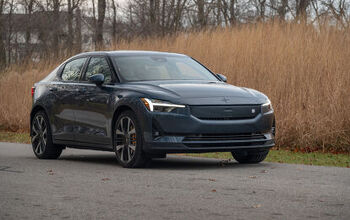



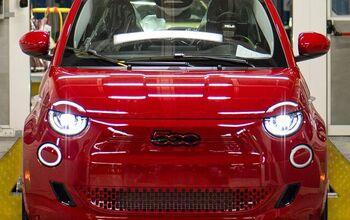

Comments
Join the conversation
My 2012 Camry Hybrid will travel up to 600 miles on a tank of gas. But, it can go as low as 500 miles on a tank in cool weather. Regardless, until I see the same level of range in an electric, I will keep the hybrid. Why would I pay a ton of money to trade into a vehicle that gets half the range.
I was thinking about this Tuesday- my usual commute of about 8km takes 15 minutes at rush hour, Tuesday it was 50 minutes due to trains, accidents and idiots- as it was -12c I wonder what that would have done to an electric cars range- most of the battery usage would be keeping me warm